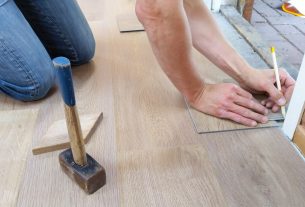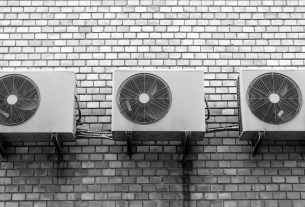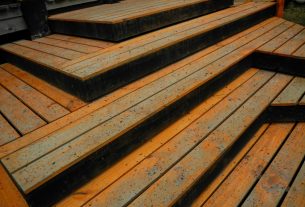How to Choose Your Window Frame Materials
Summary
– Definitions of window components
– Window frames: materials
The language of carpenters is sometimes opaque, and it is not always easy to find one’s way through the different terms used to define carpentry elements!
All the information on the window frame is in our article to see more clearly.
Definitions of window components
As opposed to the “opening” parts, the frame is the fixed element of a window.
Moving parts
The moving parts include:
– Sashes, also called “casements” or “sashes, ” are the moving parts that are opened and frame the glazing.
– The mullions are the interior heights (jambs) of the sashes. It is called the fixed mullion if one remains in position when the other is opened. Conversely, they are said to be mobile if both are open.
– The crosspieces are the separation (real or imitation applique) that divides the surface of the glass, the glazing, the glazing bead (it keeps the glass in the rebates of the frame) and the handle.
Fixed parts
We distinguish:
– The frame: this is the fixed “frame” of the window. Also known as the “frame”, it is directly connected and attached to the wall of the house. Three installation methods are possible:
◦ In tunnel: inside the wall, that is, in the masonry (or wooden) frame without modification of the latter.
◦ In rebate: by embedding in the frame (bleeding).
◦ In applique: against the wall, through fixing lugs.
– The bottom rail is the lower horizontal part of the frame (of the frame).
– The top rail is the upper horizontal part of the frame.
– The hinges: also called “hinges”, “hinges,” or “pins”, they allow the opening and closing of the sash. They are, therefore, semi-fixed because of their rotational movement.
Window frames: materials
The window frame is intimately linked to the other elements that make up the window. Thus, there are windows (and frames) made of wood, aluminum, PVC or mixed (wood-Alu or aluminum-PVC). Their composition is identical.
In the case of window renovation
When the time comes to change windows, removing the existing frame (one of the old windows) is often necessary to start on new (and better) bases in terms of thermal and phonic insulation.
Note: this work can be a little more expensive, especially when it involves redoing the wall part that suffered during the removal. But in time, the investment will be more profitable.
However, most professionals agree to keep the existing frame, even if the glazing is necessarily affected:
– If the frame is made of wood: this is the most frequent cause of conservation of the old frame. It must be in good condition. Sometimes the bottom rail, which suffers the most in the long term and is the most prone to possible defects in waterproofing, is removed.
– Aluminum frames: they can eventually be kept, even if their lower thermal performance requires most of the time a removal.
– PVC frames are generally removed because, like aluminum frames, the screw fixing remains very delicate.
Wooden frames
Wood has the following advantages:
– Excellent thermal and sound insulation.
– Aesthetics, cachet and natural aspects are undeniable and usable in renovating old buildings.
Nevertheless, it also has some disadvantages:
– Limited longevity compared to aluminum or PVC.
– Mandatory maintenance (stain, at least every 5 years).
As for the price, you can find a complete two-sash window of 115 x 100 cm for $120.
Aluminum frame
The advantages of aluminum are the following:
– Longevity (simple cleaning is enough).
– Aesthetic, design and a wide choice of colours.
– Recyclable.
As for the disadvantages, we can mention the following:
– Sound insulation is a little worse than wood.
– Weaker thermal insulation than the other two materials (raw material).
– The most expensive of the three materials is a 115 x 100 cm double-sash window costing at least $340.
PVC frame
Its advantages are:
– Excellent thermal and phonic insulation.
– Good longevity, without any maintenance.
– Cheapest price: from 100 $, you can buy a complete two-sided window of 115 x 100 cm.
Nevertheless, it has the following disadvantages:
– Less aesthetic than wood or aluminum.
– Breaking.
– Not allowed in old listed buildings.


